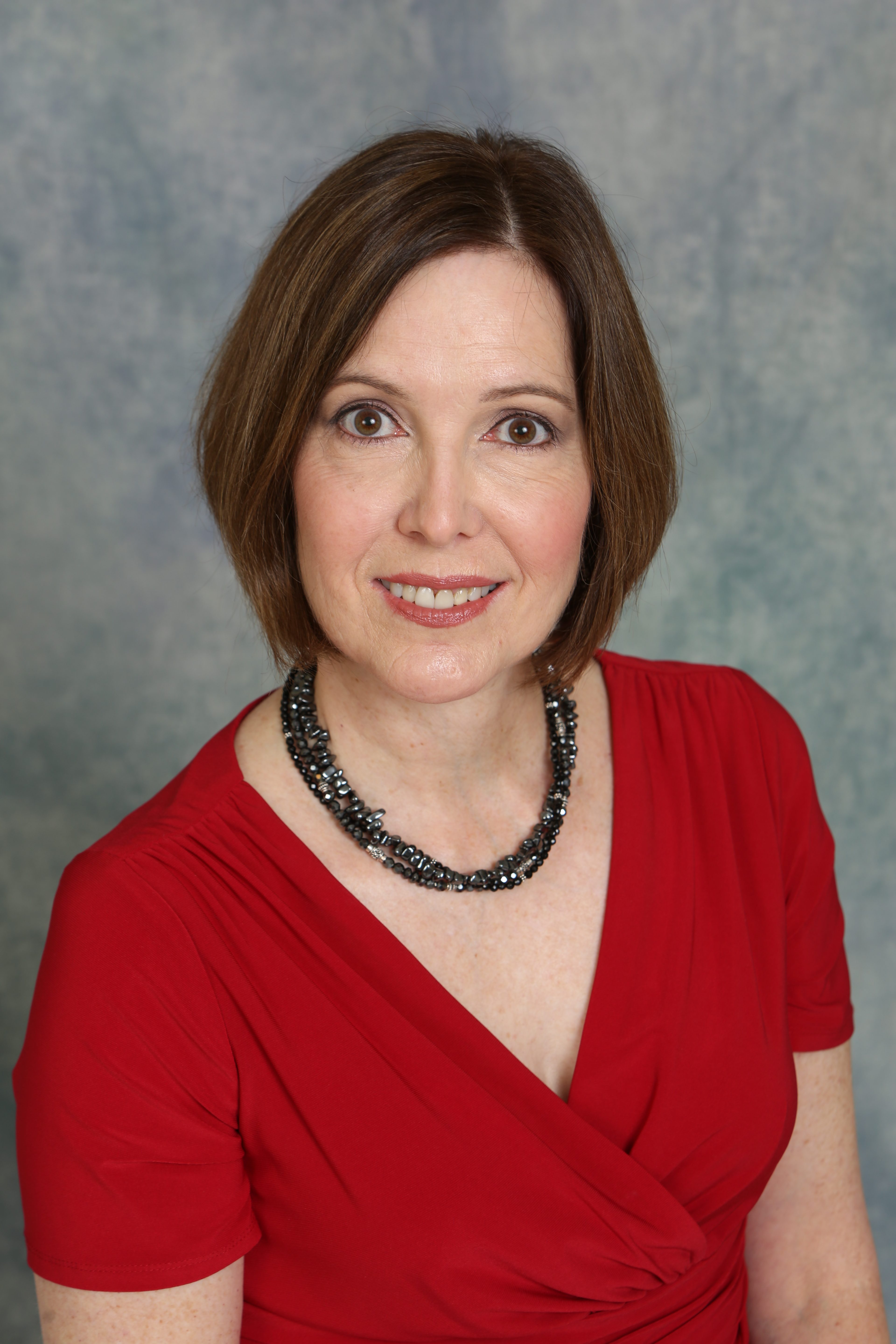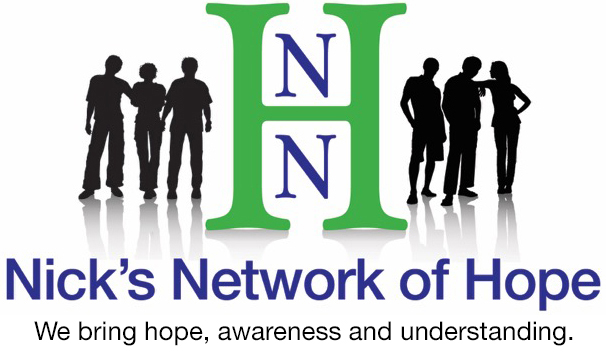Books/Author

About Linda
Linda Pacha has firsthand knowledge of the devastation caused by a loved one’s suicide and the excruciating pain from losing a child. In 2013, her teenage son, Nick, died by suicide while away at college. Linda shares her insights gained through hindsight from his painful life, tragic death, and her family’s grief journey in Saving Ourselves from Suicide—Before and After: How to Ask for Help, Recognize Warning Signs, and Navigate Grief.
Prior to receiving her law degree, Linda obtained a BS in psychology and completed postgraduate studies in clinical psychology. She is the founder and president of Nick’s Network of Hope, a 501(c)(3) nonprofit suicide prevention and grief support charity that provides resources, education, and support about life challenges.
Please follow Nick’s Network of Hope on Facebook and connect with Linda Pacha on LinkedIn.
HELP, HOPE, AND HEALING
A caring, up-close look at suicide with Prevention and Grief in one best-selling book. Why? They relate more than you realize. Considering how loved ones would grieve might be what keeps someone here. Likewise, grief can become so intense that prevention tools are needed to keep safe those left behind. With a detailed table of contents and bulleted lists, you will use this resource again and again.
Pacha, an attorney with a degree and postgraduate studies in psychology, public speaks about prevention and grief through her nonprofit, Nick’s Network of Hope. She lost her teen son, Nick, and holds nothing back to help others.
- SUICIDE PREVENTION/SELF-HELP: Reasons to stay; how to make a safety plan; yell for help and allow it; you are not a burden; people care more than you think; how to reach out when hope is lost; risk factors and warning signs with real-life examples; bullying is a reflection of them, not you; and what Nick would want you to know
- HOW TO HELP PEOPLE STRUGGLING: Okay to ask if suicidal; listen and ask open-ended questions; don’t be a cheerleader if more is needed; believe behavior more than words; and seeking professional help
- GRIEF: Why push on; release guilt and anger; emotions of the first year; second year and beyond; grieving individually and together; new family dynamics; getting back into society; answering difficult questions; parenting surviving kids; keeping your marriage intact; what to avoid; siblings of suicide; and physical effects
- HOW TO HELP THOSE GRIEVING: Don’t avoid; listen but don’t try to fix; talk about loved ones; and allow to work through birthdays and anniversaries
- STIGMA: Complexities of mental health; why stigma exists; misconceptions of selfishness, cowardice, and lack of faith; how stigma of mental health morphs and attaches to survivors; and ways to reduce stigma
- HOW TO REDUCE PRESSURE: What is the pressure and ways to reduce it; and recommendations for parents and schools
- A BETTER TOMORROW: Ways for a kinder world; how to reduce bullying; how to teach kids to live with more compassion; and how to take action and make a difference
All Book Sale Net Proceeds Go Toward Suicide Prevention through Nick’s Network of Hope, a Nonprofit
Hardcover and Paperback
Buy on Amazon Buy Local Buy on Barnes and Nobleebook
Audio Book
Buy on Audible Buy on Barnes & Noble Buy on Chirp

Stay Informed
Receive information on upcoming book signings and release dates
Saving Ourselves From Suicide is published by AutumnBloom Press, which is wholly owned and operated by Nick’s Network of Hope, a 501(c)(3) nonprofit. Typically, authors and/or publishers may be eligible to earn money based on directing readers to one sale venue over another. Nick’s Network of Hope and AutumnBloom Press have no preference as to where readers make their purchases. The book may also be purchased anywhere books are sold. Any and all book sale proceeds go toward suicide prevention and awareness.
Testimonials
“The author has a crystal clear vision of mental health and the continuums of illness.”
Christine Z. Somervill, PhD, Director of Programs, NAMI (National Alliance on Mental Illness), Cook County North Suburban, Chicagoland“Saving Ourselves from Suicide is a touching account of one family’s survival after losing their son and brother to suicide. While this is a loss that none of us would wish on anyone, Saving Ourselves from Suicide gives a meaningful glimpse into the powerful loss and the many things we can do to support each other and our loved ones through struggle.”
Alison Malmon, Founder/Executive Director, Active Minds“The common thread throughout the book is Linda’s call for all to be more kind and compassionate to one another, to search for understanding, and to be aware of how our actions impact others.”
Rev. Charles T. Rubey, Founder/Director, LOSS program—Loving Outreach to Survivors of Suicide, a nondenominational program that is a division of Catholic Charities“It describes the emotional journey of living through the events leading up to suicide and walks through the painful steps of the initial shock and long grieving process. It is a valuable resource to make it through grief and loss. This is a visceral but important read.”
Steve Arkin, MD, Attending Neurologist, Miami Valley Hospital, Associate Professor, Wright State University, Dayton Ohio, Cofounder of Speakup“Open and honest conversation about mental health and suicide is needed now more than ever in society. Through the eyes of a loving mother, this book does just that in a candid, caring, and hope-filled way providing the needed narrative of one family’s journey with the challenge of mental health issues.”
Rev. Dr. Scott Mitchell, MTh, PsyD, Licensed Clinical Psychologist, President and CEO SamaraCare“Awareness, education, and connection are keys to tackling the overwhelming issue of suicide in our society. The author’s voice in “Saving Ourselves from Suicide” brings awareness to a new level, through her brave and honest account of the death of her beautiful son by suicide, and the impact this had on her family and the community.”
Fran Zucco, BSN, RN-BC, Clinical Leader, Linden Oaks Behavioral Health“Insights, information, and resources to help others decide to “Stay” or to assist the healing for those who have experienced the tragic loss of a loved one. Her sharing may be the best-informed friendly advice you could receive. It comes from a deep, painful experience and with the authenticity of a mother’s broken heart.”
The Rev. Dr. Steven R. Rottgers, Canon to the Ordinary, Episcopal Diocese of West Missouri, Author of I Am Yours“Not only is this book a must-read for anyone suffering a loss of suicide, it is also a guide offering support for those living with a loved one who suffers from mental illness….Rather than hiding behind the stigma of suicide and weighing the reader with unnecessary stats and references, Linda’s heartfelt storytelling opens the door for us survivors to move through our pain and start healing.”
Monica Pedersen, Former HGTV Host, Author, Interior Designer
Public Speaking
Linda Pacha, author of Saving Ourselves From Suicide—Before and After: How to Ask for Help, Recognize Warning Signs, and Navigate Grief, is available to speak with your group. Please contact Linda on her LinkedIn page with your interest. Available topics include:
Suicide Prevention:
- (Parents and administrators) Nick’s story and PowerPoint of risk factors and warning signs, including real life examples from Nick’s story (secular);
- (Students) Nick’s story and PowerPoint of risk factors and warning signs, including real life examples from Nick’s story (secular);
- (Students) Nick’s story, followed by review of what Nick and others (peers, family and friends) could have done differently to possibly change outcome (secular);
- (Students) Same as Suicide Prevention #3 (faith based);
- (All ages) “Navigating Challenges in Life” – understanding the choices; seeing strength versus victimhood; loving self, believing in self, and investing in self; letting go of mistakes and how others treat us; viewing life in chapters; and avoiding comparisons with social media (secular); and
- (All ages) Same as Suicide Prevention #5 (faith based).
Grief:
- (All ages) Brief description of Nick’s story, the grief involved, and helpful tips to navigate the grief journey to live a productive life. How to find hope and healing after tragedy. (secular with brief mention that relying on faith helped in healing process); and
- (All ages) Grief number #1 (faith based).
Book Group Discussion Questions for Saving Ourselves from Suicide—Before and After: How to Ask for Help, Recognize Warning Signs, and Navigate Grief
Thank you for reading Saving Ourselves from Suicide—Before and After: How to Ask for Help, Recognize Warning Signs, and Navigate Grief. To enrich your reading experience, I have provided the following discussion questions. Whether you are a member of a reading group or just want to sit back and ponder these questions on your own, I hope they will inspire good thought and even positive action.—Linda
- Have you or someone close to you ever reached a point where you felt you could not go on anymore? If you are willing to talk about it, please share who or what helped you (or them) to continue in life?
- What does mental health mean to you, and how do you try to obtain or maintain it? What does mental illness mean to you?
- How do you reach out to others and show kindness and compassion if they seem lonely or overwhelmed? Please share some examples. What more can you do to show these virtues? How can you encourage others to do the same?
- What is one personal challenge or question you have that this book addresses?
- How do you find hope in your life? What people and/or things give you hope? How can you offer or inspire hope to others?
- If you have experienced a significant loss, what part of the grief process did you, or do you, find most challenging? Why? What have you done, or do you do now, to overcome those challenges?
- What misconceptions about mental health or suicide have you experienced or witnessed? What can you do, or have you already done, to help correct those misconceptions?
- How did your school-age years compare to what kids are experiencing today? If there are differences, why?
- The author gives recommendations for how we can reduce the pressure that we, as a society, put on ourselves and our youth. Give an example of the type of pressure you or your loved ones have experienced and explain what has helped reduce it.
- What is your experience with bullying? Explain how bullying has affected you or someone you know.
